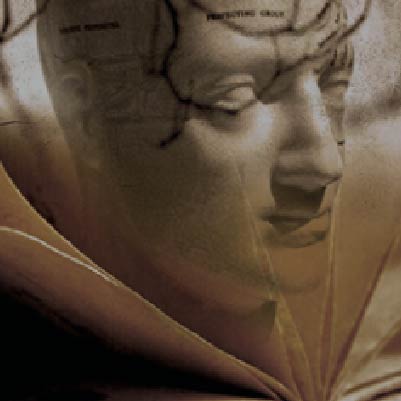
We have remarkably talented undergraduate students here at UAB on the cutting edge of their fields pursuing research and creative activities. We need to share their discoveries, creations, and advancements with the rest of the world! UAB’s very own undergraduate research journal, Inquiro, helps make that possible. After a short hiatus, Inquiro is back with outstanding articles by our engaged undergraduate students highlighting their successes in research and advances in knowledge. Inquiro is now a partnership and collaborative effort between the UAB Honors College and the UAB Office of Service Learning and Undergraduate Research. The joint effort has led to the recruitment of an exceptionally dedicated group of new editors and staff to revive this invaluable opportunity for our undergraduate students. We are especially grateful to the current edition’s Co-Editors-in-Chief Karim Mikhail and Craig Peters who have devoted long hours to rebuilding the journal with an organized structure, and updated review and publication processes. They have also implemented an important new objective of Inquiro — a commitment to publish research articles in more disciplines, and to include not only the sciences, but to expand into the arts, humanities, and more. That effort shines in this current edition. Their unwavering dedication and commitment have been instrumental in the successful revitalization of Inquiro.
We welcome you to this current issue of Inquiro! Please take a moment to reflect on the tremendous research successes of our students.
Mark O. Bevensee, PhD, Assistant Dean, Honors College & Science and Technology Honors Program
Gareth Jones, MA, Director, Office of Service Larning and Undergraduate Research




